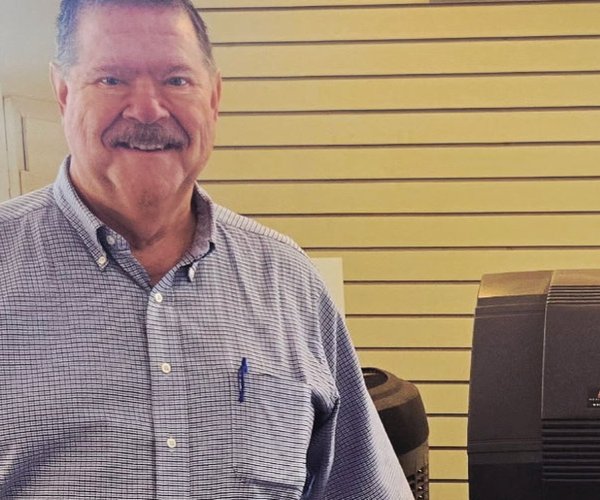As of Tuesday, Nov. 25, the drought monitor report indicates no real change from last week overall with some improvement along the Missouri border. The recent rains leave most of the state in very good shape heading into December. The six-to 10-day outlook (Nov. 30 to Dec. 4) indicates a 60 to 80% chance of likely below normal for temperatures and a 50% chance of likely above normal for precipitation. The eight to 14-day outlook (Dec. 2 to 8) indicates a 50 to 60% chance of likely below normal for temperatures and 33 to 40% chance of leaning above normal for precipitation.
Today, as we enjoy Thanksgiving weekend, harvest is about over, wheat is in the ground and crop production agriculture is taking a small break. Now that harvest is in the books, let’s take a brief look at why producers are concerned about the economics they are facing.
• Overall, it was a good year for crop production nationwide. Even with some challenges with diseases and weather in the Corn Belt, we are looking at record or near record yields. Corn production is pegged at over 16 billion bushels. Soybeans at around 4.25 billion bushels, down a bit from last year. Wheat in the US at almost 2 billion bushels for all types of wheat. Yields in Kansas for the crops were significantly better than last year. This is the good news.
• On the other hand, production costs for inputs were still high. With luck and the better yields, some producers are able to cover fixed and variable costs and maybe make a bit of a profit. The other challenge is the value of the crop. Low prices are typical during and right after harvest. They can hold on to the crop and wait for better prices. This works better for on-farm storage. If grain is stored at an elevator, storage costs mount and when elevators need to encourage, they will raise storage costs.
• Overall, demand for the big three crops is decent to good. If China does reenter the soybean market as promised, that will help. Prices may improve or decline as attention is paid to what is happening in South America. Tariff uncertainty also plays a factor in markets. Markets hate uncertainty. Another factors besides these and a large harvest is feeding livestock. Feedyard placements are down. The cattle herd hasn’t been this small in decades. That is a major end use.
• Hopefully, the aid promised by the USDA will be forthcoming. Hopefully, settling some tariff disputes will help with input costs. Things are looking a bit stressful going forward.
• One last item to remember. If you produce many items, from cellphones and cars to paper towels, you know how much you are producing. Too much, slow down or stop. Too little, ramp up production. It doesn’t work in agriculture. At best it’s an educated hope and prayer.
Dr. Victor L. Martin is the agriculture instructor/coordinator for Barton Community College. He can be reached at 620-792-9207, ext. 207, or martinv@bartonccc.edu.





